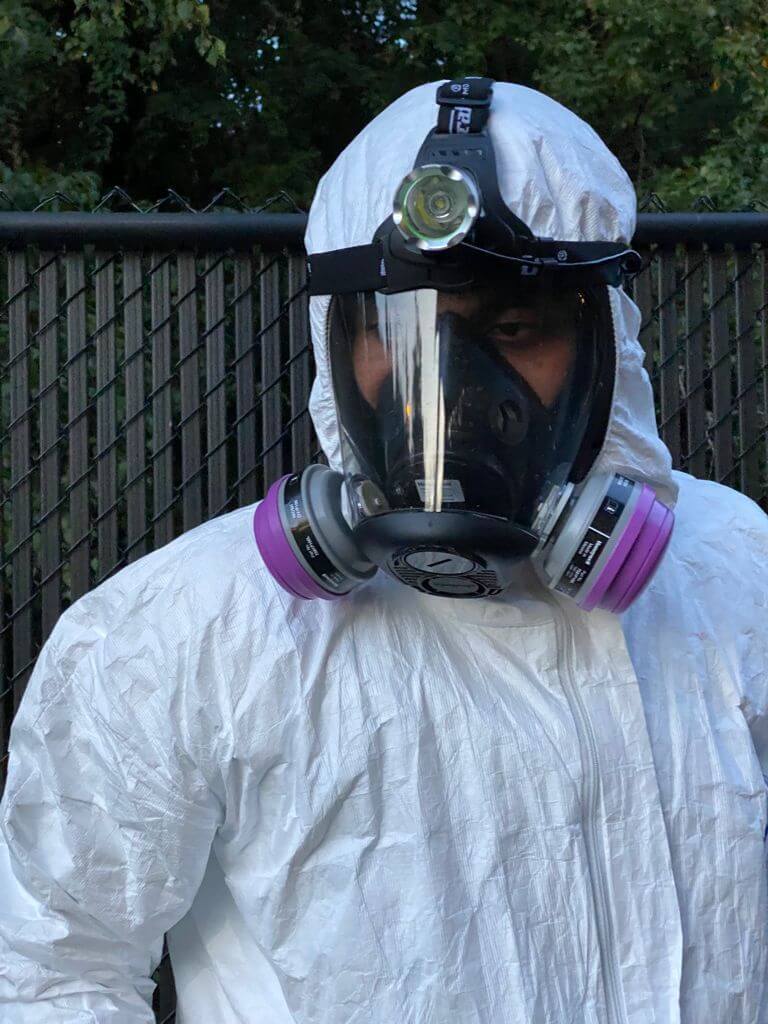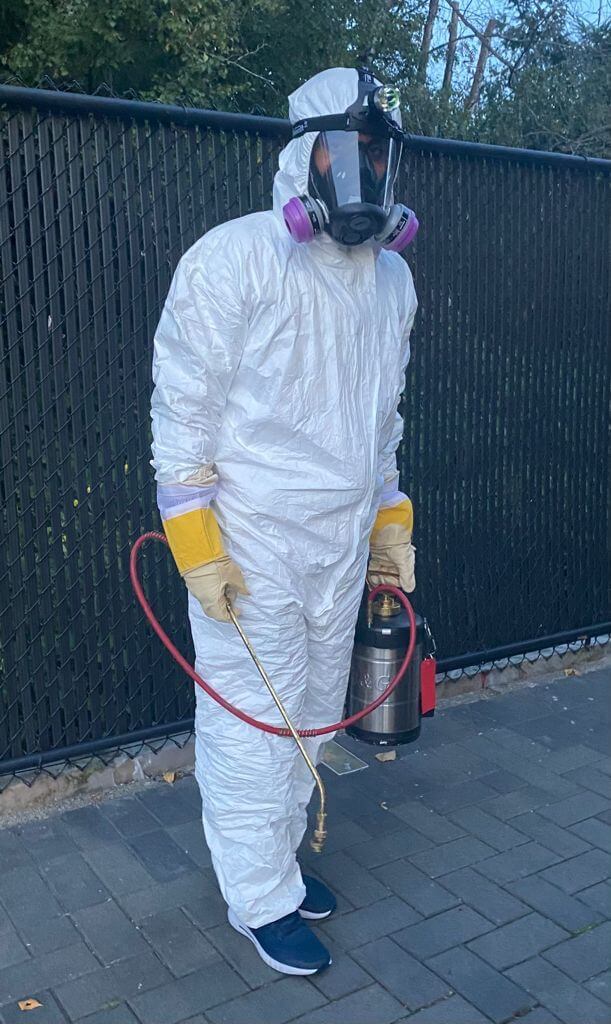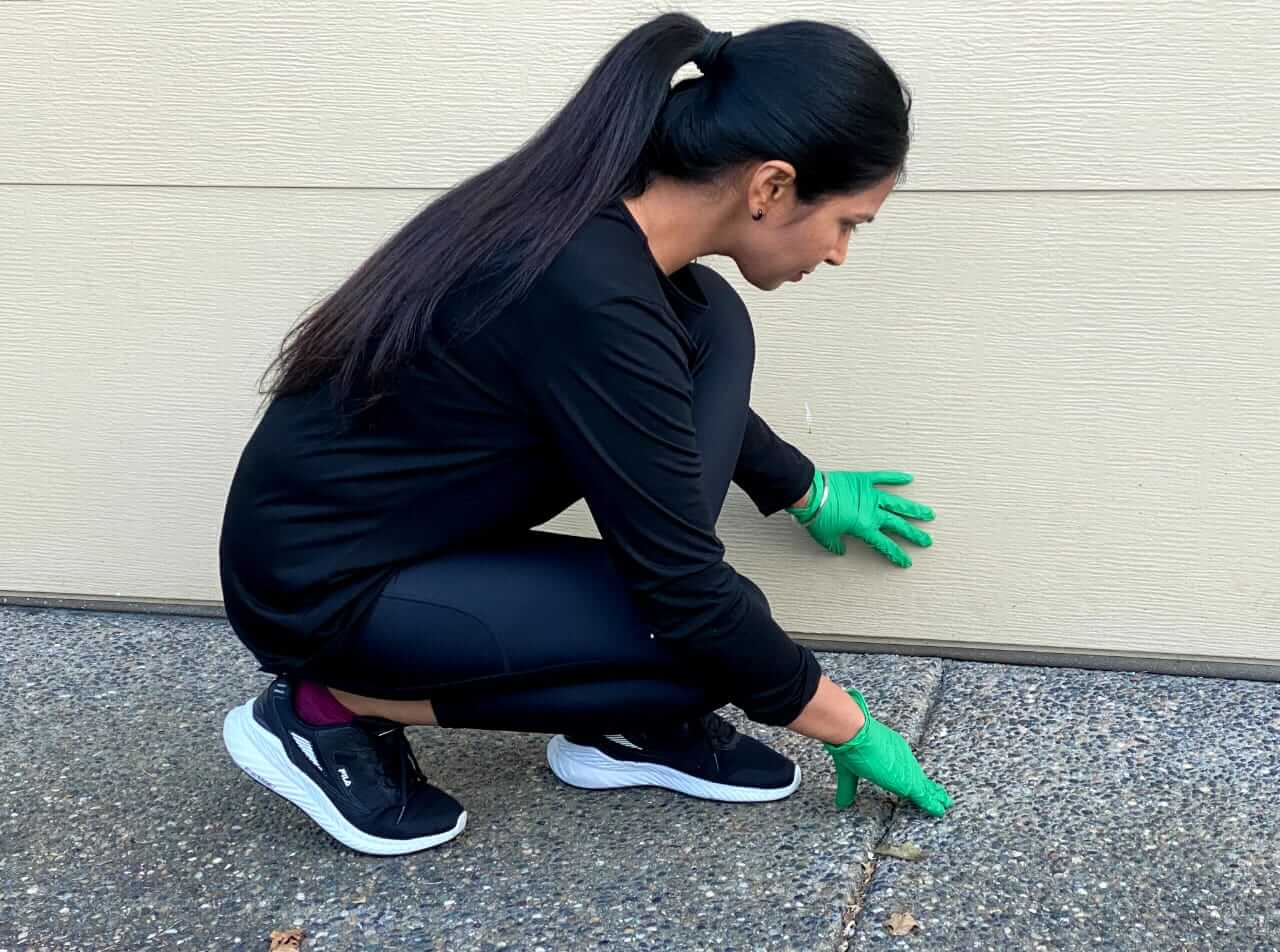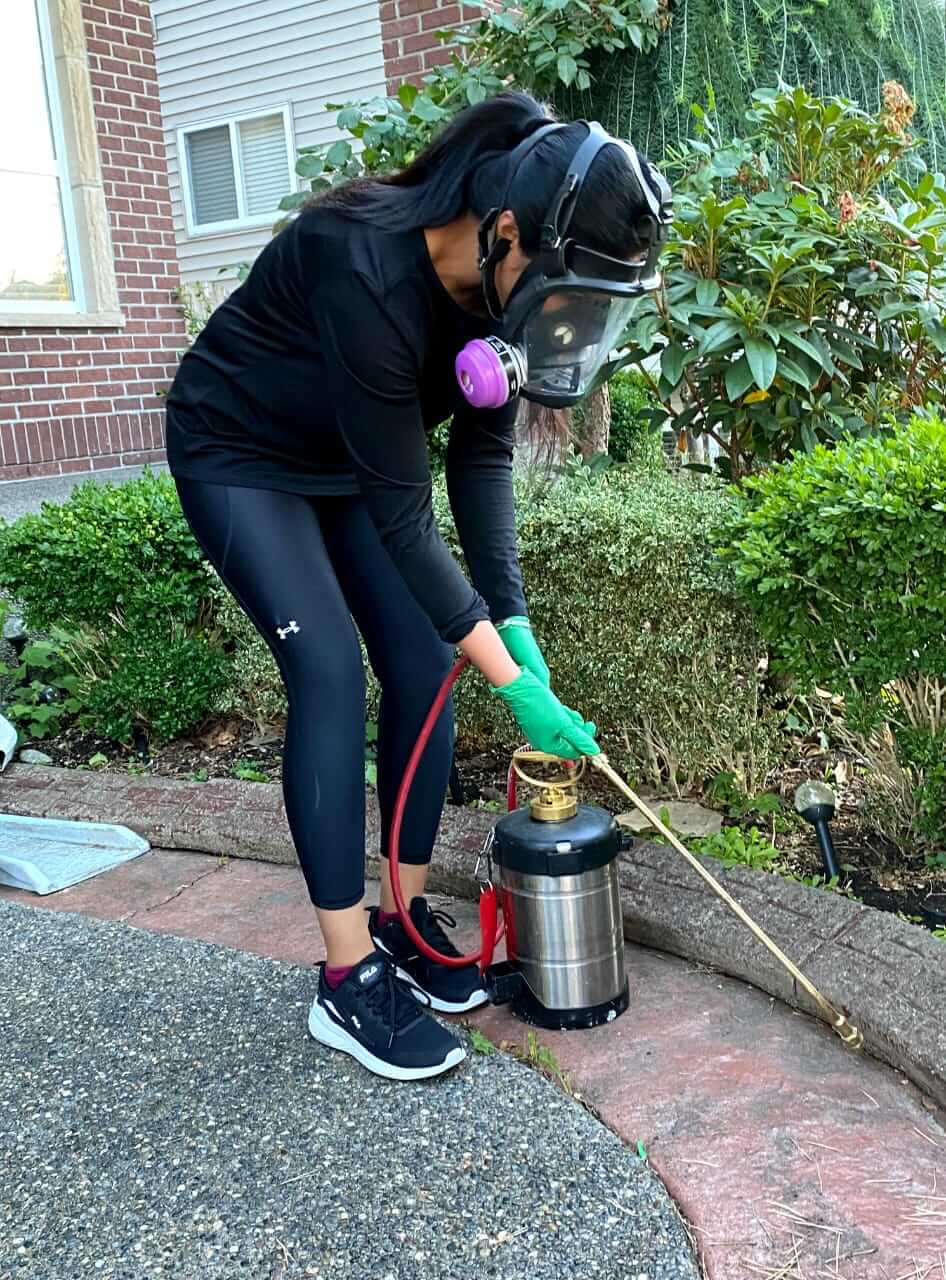
RESIDENTIAL PEST CONTROL
HOUSE PEST CONTROL
Your home is the most important part of your life. You and your loved ones spend most of your time at home, and it must provide you the comfort, convenience, and protection you need. Sometimes, unwanted pests can invade your households and can be hazardous to you and your belongings. Mosquitoes, cockroaches, spiders, fleas, insects, bed bugs, termites, and even rats and mice can become a potential threat to you and your loved ones.
Some of these may destroy your food, and others might harm your furniture, walls, flooring, and surroundings. They can become costly damage to repair. Moreover, health concerns can be quite drastic, too. It is important to eliminate these unwanted species from your residential spaces, which is why residential pest control is now offered as a service locally.
Residential pest control solutions include the elimination of general pests such as cockroaches, ants, spiders, and rodents. In addition to this, termite inspections, treatments and barriers are also a part of house pest control. Flea treatments, chemical or heat treatments for bed bugs are some other services coming under residential pest control. After a thorough pest identification, service experts will evaluate the best possible options to either chase these pests away or eliminate them at given conditions.
Keeping your houses clean is vital to keep these pests away! If your kitchen, bedrooms, and other living areas are not cleaned properly, you can request these services from a local service provider too. Meanwhile, the house pest control services will ensure these pest issues are not repeated or kept minimum in your households. Pest prevention programs, pest proofing, and spray programs are some of the frequently found services carried out by residential pest control services.
Pest proofing
Exclusion of pests might be the most hazard-free strategy you can use. Pest proofing prevents pests from entering your households. It also prevents already existing pests from moving around your houses. Usually, this method reduces the areas pests can harbor and limits their access to food sources. Exclusion comes under a non-chemical strategy, and it is environment-friendly too. The smaller the pests are, the more effort needs to be put into sealing and pest exclusion. Pests can easily make way through small cracks and crevices in your surroundings; therefore, these areas should be identified and fixed. Pest proofing materials include sealants, door brushes, and screens.
Sometimes, repairing your doors, cracks and crevices can limit these pests from accessing your living areas. When some entrances do not have doors, you can use screens to prevent pest entry. Door sprags can be installed when there are gaps between the door and the dock plate. Pest proofing depends on the structure and age of your house too. House pest control services can identify the best methods of pest proofing and the required materials and actions and get to it right away! Always seek help from these experts if you require getting rid of your common rat, mice, fleas, and cockroach problems.
Pest prevention programs
Pest prevention programs target insects, rodents, birds, and other pests that can be hazardous to human health and disturb the day-to-day activities of humans. Pest preventive programs are usually carried out in a few steps. First, the pests are controlled or eliminated using pesticides, pest proofing, spraying, or any other technique. Recordkeeping of inspections and evidence of pests is another step of a pest prevention program that helps keep track of the pest problems. Next, observing any deviations where the number of pests has a significant growth exceeding the acceptable limits will take place.
After identifying the problems, corrective measures are taken to prevent pests. These measures can include cleaning up household areas, eliminating the methods of pests entering your property, applying pesticides, etc. Verification and validation are the final steps where the service experts conclude their services have been effective. Integrated Pest Management (IPM) is a widely used strategy by house pest control experts to manage the pest population and growth safely and economically.
This method involves a well-balanced combination of control practices. Inspections, physical control, mechanical control, and chemical control are the main aspects of this technique. Cleaning, exclusion, and landscaping can be taken as physical control methods. Non-chemical methods such as sticky traps, fly traps operated electronically, needle strips, etc. are mechanical control methods. Chemical control methods involve pesticides; however, it is advised to use organic or chemical-free pesticides where possible to minimize the impact on the health and safety of humans as well as the impact on the environment.
Contact your local service provider to get a thorough understanding of how these methods can help eradicate pests in your household and restore their original conditions.




Spray programs
Spray programs for pests have become one of the most advanced techniques to eliminate hazardous pests. The spray technique has long-lasting properties, and the effect remains active for a longer period. Controlling pests like mosquitoes, various bugs, bedbugs, and other species can completely eradicate them and control your living environment. Wall-spraying is one such strategy used by experts. Cockroaches, fleas, ticks, mites, and similar pests can be controlled using spraying on their breeding and hiding places. House spraying was earlier carried out on a major scale, however, nowadays any house pest control expert will provide spraying services for your residences.
These sprays release vapor or aerosol into the air or can be applied to a particular surface. Spraying into the air can kill flying or resting insects immediately when they inhale or contact the pesticides, while the surfaces sprayed with pesticides can kill the insects that land or crawl on the surfaces. Usually, long-lasting, and effective spraying programs must be carried out using safe chemicals for humans and domestic animals, not repellent or irritant to the target insects, and stable during storage and transportation.
